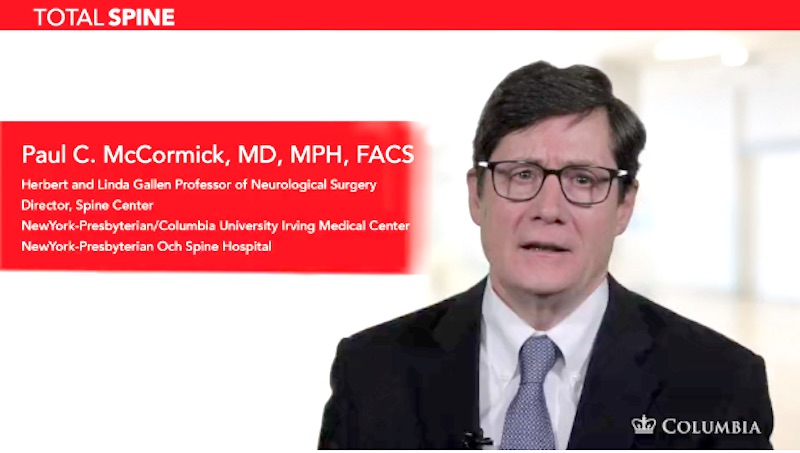Spondylolisthesis is a common cause of back and leg pain in both adolescents and adults. The term spondylolisthesis comes from the Greek words spondylos, meaning vertebrate, and oliothesis, meaning slipping. Spondylolisthesis describes the abnormal slipping or dislocation between two vertebrate. The causes, severity, and symptoms associated with spondylolisthesis are quite variable. Many people with spondylolisthesis have no symptoms while others may have chronic low back pain, leg pain, or neurogenic claudication from spinal stenosis.
Spondylolisthesis is divided into 5 main types, based on the cause of the vertebrate slippage. These types are:
Isthmic: This is the most common type of spondylolisthesis in adolescents and young adults. The slippage most commonly occurs in the lowest part of the spine, between the 5th lumbar and 1st sacral vertebrate, although it may occur at higher levels in the lumbar spine. It is caused by a stress fracture in the back portion of the spine, an area known as the pars articularis. Even though these fractures usually occur in adolescents and young adults, symptoms may not occur until many years or even decades later.
Degenerative: This is the most common type of spondylolisthesis in adults. As it’s name implies, vertebral slipping is caused by wear and tear degenerative changes in the disc and facet joints of the spine that weakens the attachments between two adjacent vertebrate to allow slippage. Degenerative spondylolisthesis is a common cause of spinal stenosis and neurogenic claudication in adults. The most common location of degenerative spondylolisthesis is between the 4th and 5th lumbar vertebrate.
Traumatic: Fractures arising from acute trauma to the spine may result in slippage of vertebrate.
Dysplastic: This type of spondylolisthesis, also called congenital (present at birth) spondylolisthesis, is caused by abnormal development of the spine. It usually occurs in the lower lumbar and sacral spine.
Pathologic: Erosion or damage to the back portion of the spine from tumors, bone conditions, or even previous spinal surgery, including the lamina, facet joints and connecting ligaments may also weaken the attachments between adjacent vertebrate and result in spondylolisthesis.
| 

